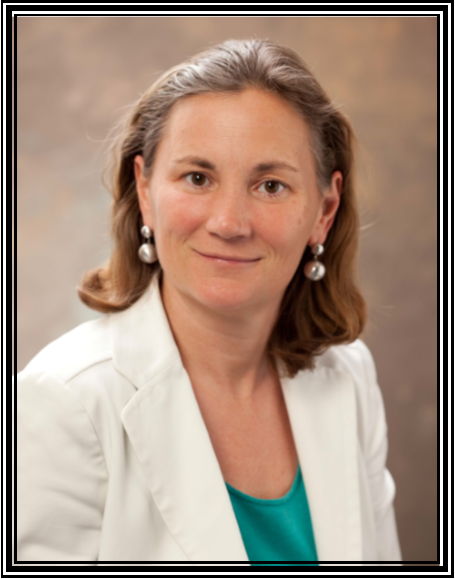Cardiovascular regenerative medicine has taken many avenues over the past three decades. One approach currently in clinical trials does not require any cells from the patient, and is an engineered tissue that is available “off-the-shelf”. Studies in vascular tissue mechanics showed several decades ago that the bulk of the mechanical properties of arteries derived not from the cellular components, but from the collagen- and elastin-based extracellular matrix. Using this principle, we have utilized banked human vascular smooth muscle cells to engineer implantable arteries. These cells are cultured in a bioreactor under conditions of biomimetic pulsatile strain, and in the presence of multiple growth factors and biochemical supplements that support collagen synthesis. After a 2-month culture period, the engineered arteries are then carefully decellularized, leaving behind an acellular, human collagenous matrix. This matrix has been tested as a 6-mm arterio-venous graft in baboons without any immunosuppression, and has shown excellent function out to 6 months. Based upon these primate data, human studies of the acellular graft conduit in dialysis patients were initiated in December 2012. Early results show mechanical durability and an ability to use the grafts for arteriovenous access in hemodialysis. The decellularization approach has also allowed us to generate scaffolds to support whole lung regeneration. Repopulation of the acellular lung matrix with mixed populations of neonatal lung epithelial cells results in regio-specific epithelial seeding in correct anatomic ocations. Survival and differentiation of lung epithelium is enhanced by culture in a biomimetic bioreactor that is designed to mimic some aspects of the fetal lung environment, including vascular perfusion and liquid ventilation.

Dr. Niklason is a Professor at Yale University in Biomedical Engineering and Anesthesia, where she has been on faculty since 2006. Dr. Niklason’s research focuses primarily on regenerative strategies for cardiovascular and lung tissues, and the impact of biomechanical and biochemical signals of tissue differentiation and development. In 2005, Dr. Niklason founded a biotechnology company (“Humacyte, Inc.”), which is working to bring engineered tissue replacements to patients. For her work in creating engineered arteries, Niklason was named one of only 19 “Innovators for the Next Century” by US News and World Report in 2001. Translation of the tissue engineered artery into a clinically applicable therapy was subsequently recognized by the Frost & Sullivan New Product Innovation Award in 2011. She was inducted into the American Institute for Medical and Biological Engineering (AIMBE) in 2008. Niklason’s lab was also one of the first to describe the engineering of whole lung tissue that could exchange gas in vivo, and this work was cited in 2010 as one of the top 50 most important inventions of the year by Time Magazine. Niklason received her PhD in Biophysics from the University of Chicago, and her MD from the University of Michigan. She completed her residency training in anesthesia and intensive care unit medicine at the Massachusetts General Hospital in Boston, and completed post-doctoral scientific training at Massachusetts Institute of Technology. From there she went onto a faculty position at Duke University, where she remained from 1998-2005, before moving to Yale.


